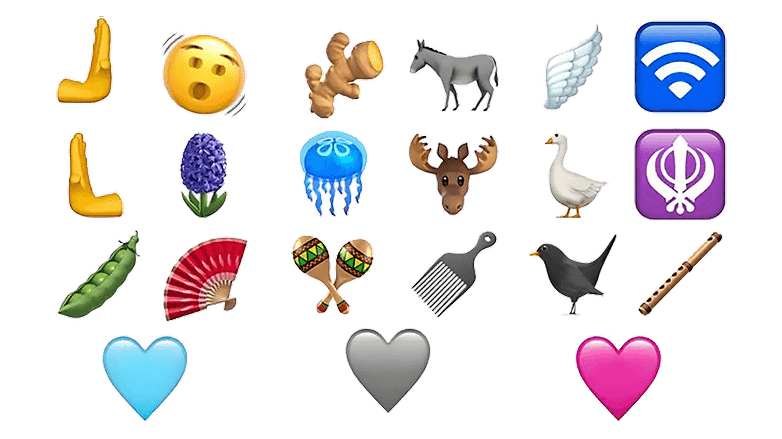

Here are the iPhones and iPads compatible with iOS 14: Before you try to install the new system, make sure you’re running at least iOS 10, and your iPhone or iPad model is compatible with the new iOS. Like with all new iOS versions, not every model of iPhone or iPad will support iOS 13. This will get the photos and videos off your iPhone for good.Ĭheck if your device is compatible with iOS 14

A quick and easy way to sift through those is with an app like Gemini Photos. You probably have clutter like unneeded similar photos, old screenshots, or photos of whiteboards from meetings just taking up space. If you’re looking to free up some space, a good starting point is your Photos app. To check how much space you have available on your iPhone, go to Settings > General > iPhone Storage. So, to be conservative, you should have about 4 GB of free space before you try to install a new iOS. But you’ll need twice the space to download and install the update. Typically, iOS updates are between 1.5 GB and 2 GB. Make sure you have enough space for the update Go over the tips below to make sure your iPhone is ready to update. From backing up, which is good to do from time to time anyway, to freeing up some storage space, which can help your iPhone’s overall performance.

There are a couple of things you should do before you tap Install. This article talks about some of the things to look out for and lists a few troubleshooting tips for the common issues that come up.

Whatever your reason for updating may be, there are always things to keep in mind before you update. Or maybe you’re updating to a whole new iOS version, like iOS 14. A regular update might fix a feature that’s been broken for you or patch up a security bug behind the scenes. There’s a variety of reasons you might want to update the iOS on your iPhone.


 0 kommentar(er)
0 kommentar(er)
